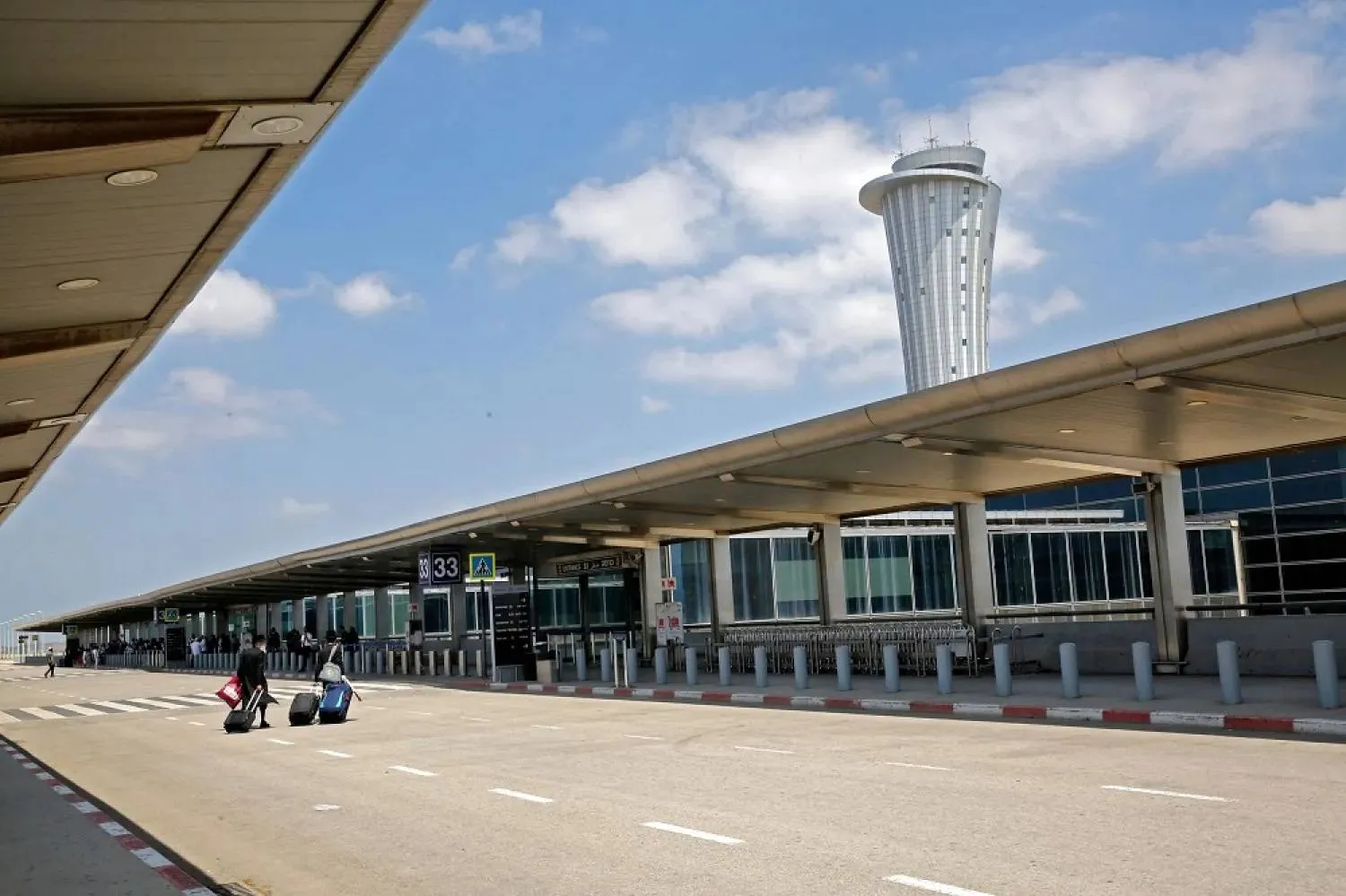Iranian authorities are preparing a new Hijab Plan that includes fines up to $6,000 on defiant women breaching the country’s mandatory Hijab rule, revealed hardliner lawmaker and member of parliament’s cultural committee Hossein Jalali.
There will be fines issued for women who break dress code regulations, ranging from 5,000 Iranian rials to 30 billion Iranian rials (between $10-$6000), said the deputy from Rafsanjan.
Iran’s Supreme Council of the Cultural Revolution and Supreme National Security Council had approved the plan after holding 300 meetings, said Jalali.
Imposing fines as punishment for those refusing to abide by the country’s veil rules was run by the Iranian Supreme Leader’s office and the judiciary, he affirmed.
Jalali, according to Iranian news websites, said the government should prepare and present a bill for enforcing the new plan within two weeks. Parliament will then adopt and enforce the law.
Government bodies mentioned by Jalali and the judiciary did not comment on the matter.
“The situation of the Hijab would be better than in the past,” claimed Jalali.
Jalali said the new plan would be implemented through an intelligent system and not entail physical confrontation with women who do not observe the veil.
According to Jalali, agencies in charge of enforcing the mandatory Hijab would monitor seven groups of places: inside the vehicles, inside public places and restaurants, government offices and departments, educational centers and universities, airports and terminals, the cyberspace, celebrities, and in the streets and public thoroughfares.
Revoking driver’s licenses and passports and banning Internet use are also among the punishments for women who do not observe the mandatory Hijab rules. They will also see those individuals with websites, social media channels, or many followers and members could not use the Internet.
Despite widespread protests declining nationwide, triggers and chances of resurgence are still the focus of discussion between politicians and agencies involved in decision-making in Iran.
Mohsen Rafighdoost, a former Iranian Revolutionary Guards military officer and politician, blamed foreign enemies and maladministration of being key factors in protests rocking Iran for six months.
“All the problems in the country have economic roots, if we can solve them, the rest of the problems will be solved more easily,” Rafighdoost told state-run “ISNA” in a recorded interview.
Stressing that problems facing the livelihood of Iranians are now ailing a large segment of society, Rafighdoost argued that addressing these issues is not really on the demonstrations’ agenda.
He pointed out that the majority of those arrested in the protests are from the “upper class.”
Rafighdoost, however, did not indicate the number of detainees.
Crowds that staged the protests “were largely dispersed,” claimed the former military officer, adding that the movement lacked true “leaders.”
Rafighdoost accused candidates who the protesters presented as leaders of being notoriously corrupt.
He also talked about the parliament and government needing a “revolution,” and criticized the selling of state assets, saying that it will only offer temporary relief.
According to Rafighdoost, 35 million out of about 85 million Iranians suffer from a very difficult living situation.
“If left to their fate, these millions will revolt,” warned Rafighdoost.
Without referring to numbers, Rafighdoost claimed: “The death toll of law enforcement forces (police) is more than the death toll of protesters.”
“We want to show the world that these people do not seek reform, but rather sabotage,” he noted.
Rafighdoost, however, disagreed with forcibly compelling the hijab, saying that it will lead to a negative reaction from the public.







